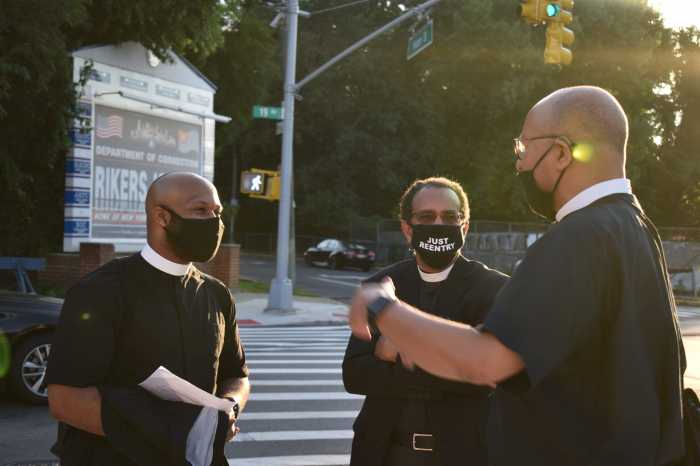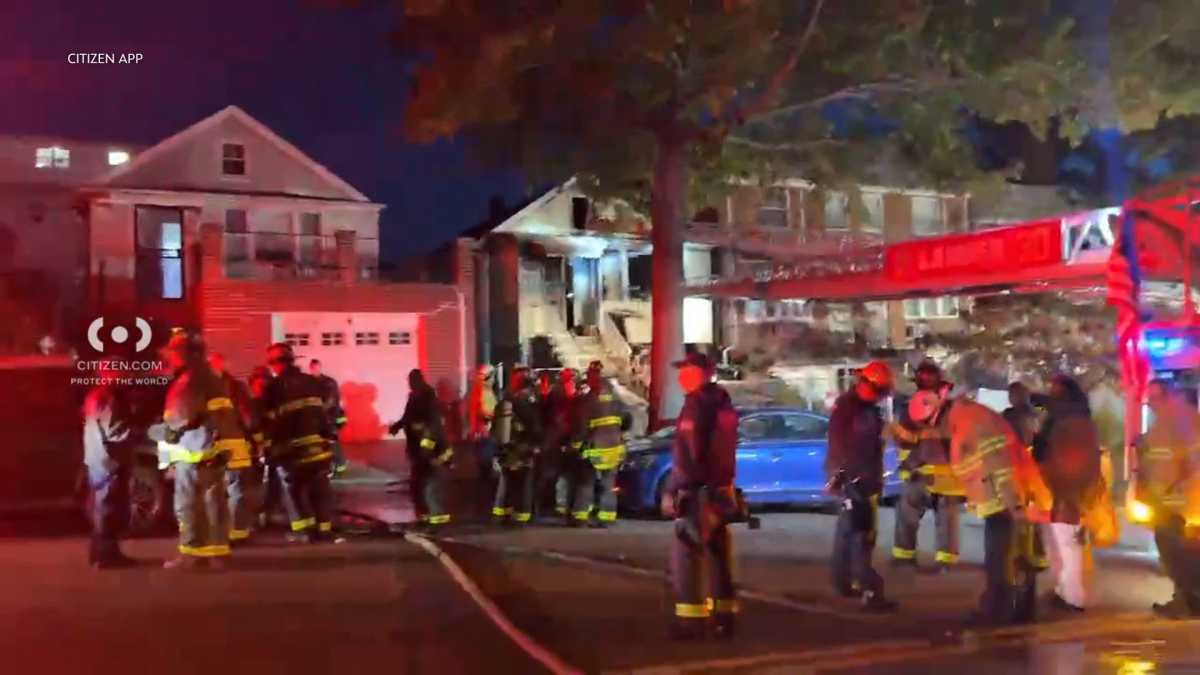Data from the Department of Correction (DOC) shows signs of improvement in the use of force in NYC jails, but justice advocates say that the more things change, the more they’re staying the same.
The data took a look at the most recent federal court monitoring period, which is from February through June 2021, and compared it to the five months since, July through November. According to the data, use of force rates by correctional staff declined by 11% and the rate of fights among incarcerated people also went down by 19%.
The assault rate in jails against the staff has dropped 12% during this time. Though the average slashing/stabbing rate for July through November is 12% higher than it compared to February through June, the slashing/stabbing rates for October and November (6.9 per 1,000 people in October and 6.6 in November) were substantially lower than September (8.7 per 1,000 incarcerated people).
“We’re not declaring victory by any measure,” stated city Correction Commissioner Vincent Schiraldi. “But our hope is that these favorable numbers are early indicators of a positive trend that we can build upon to create a better future for staff and incarcerated people alike.”
The report comes following reports of 14 deaths that have taken place on Rikers Island. Several protestors have called upon Bronx DA Darcel Clark and Mayor Bill de Blasio to take responsibility for those deaths, while many have expressed to then-mayoral candidates to support the closure of Rikers Island. The Criminal Justice Coalition has also pushed on city District Attorneys to decarcerate Rikers Island while alleviating the issues in the jail.
The DOC report also comes in the wake of the Twelfth Report of the Nunez Independent Monitor, issued Monday by Steve J. Martin, independent Federal Court-appointed Monitor in Nunez v. City of New York et. al., which concerns the misuse of force in New York City jails.
The report found that levels of force and violence in New York City jails are at an all-time high, stating that “data on uses of force, fights, stabbings, and slashings among people in custody and assaults on Staff reveal that 2021 has been the most dangerous year since the Consent Judgment went into effect.”
The report stated the DOC is an agency “in crisis,” the Monitor makes clear that DOC “lacks the most rudimentary building blocks upon which progress could be built,” where “decades of poor practices has produced a maladaptive culture in which deficiencies are normalized and embedded in every facet of the Department’s work.”
A representative of The Legal Aid Society said the Martin report painted a much bleaker picture on the state of NYC jails.
“This report supports what we continue to hear from incarcerated clients every day: that correction officers resort to abuse and brutality as a matter of course, rendering even short stays in custody both treacherous and traumatic,” said Mary Lynne Werlwas, Director of the Prisoners’ Rights Project at The Legal Aid Society. “As the report shows, the facilities are more dangerous than they were when the federal court entered relief. The City has not been able to get staff back to work, nor effectively deploy staff who are at work, to stabilize the acute crisis. This is unacceptable and unconstitutional. The people confined in DOC need urgent, extraordinary action from the City and all criminal system stakeholders – both to decarcerate the current population, but also to address the suffering of our clients who remain forcibly detained behind jail walls.”
The report noted that during the July-November time period, the DOC has launched several efforts to improve conditions in jails and reduce violence. Following the shutdowns in programming, recreation, religious services and visitation due to COVID-19, all of these services have been gradually reopening during the course of the late summer and fall.
In October, DOC opened a “model unit” for young adults ages 18-21 premised on the notion of ground-up co-design of its reforms driven by front-line staff and young people while setting a core set of principles: A consistent and “normalized” daily routine; relational and architectural safety; cultural healing; restorative accountability; race equity; and family/ community partnership. Though young adults have the highest rates of violence in DOC, the department noted that the Young Adult Unit has had no fights or acts of violence. The unit is expected to expand into several other housing units before the end of the year.







































